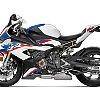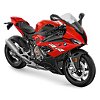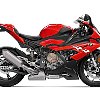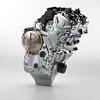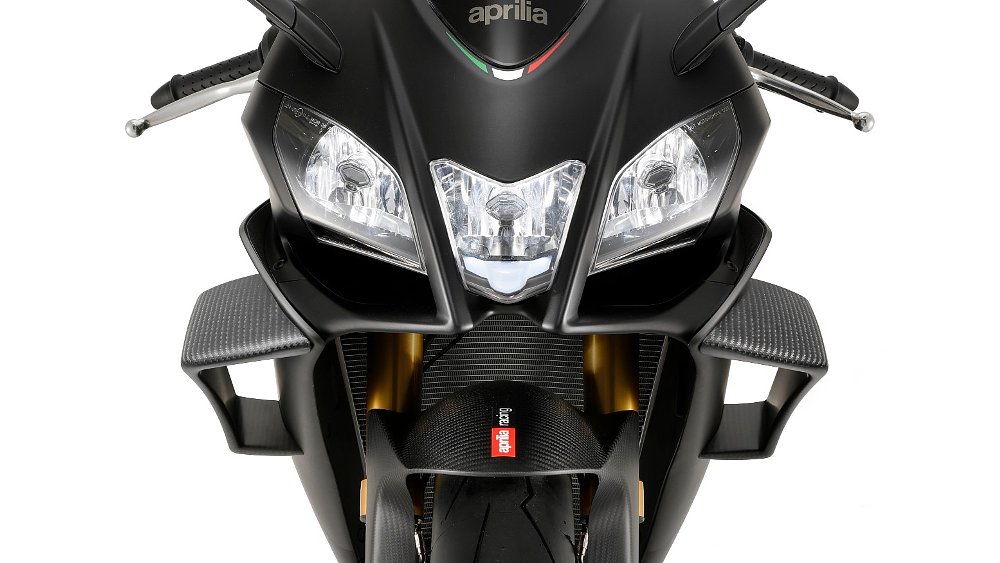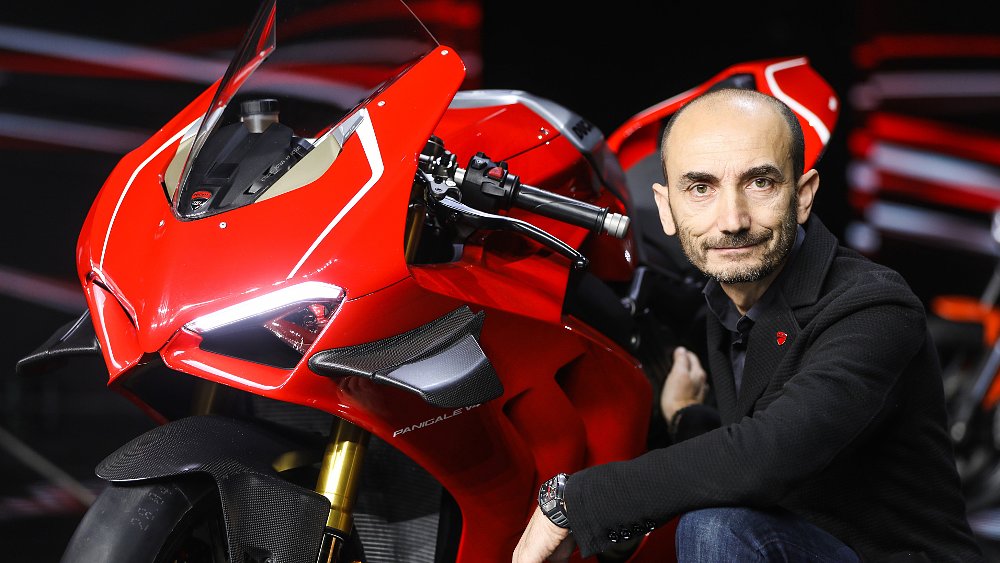BMW unveiled its new S 1000 RR flagship sport bike at the EICMA show, following the now-standard script of reducing weight, increasing power and making the electronic rider aids even more sophisticated. Then BMW added one more twist: variable valve timing.
Apparently I missed the memo that this was the year of the European sport bike, but with BMW joining Aprilia and Ducati this week in introducing new flagship sport bikes with 200-plus horsepower, the theme seems to be well established.
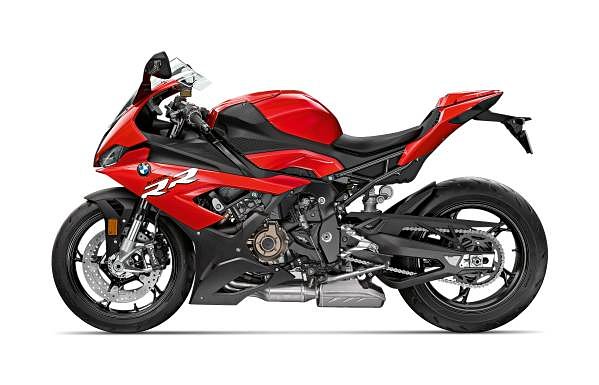
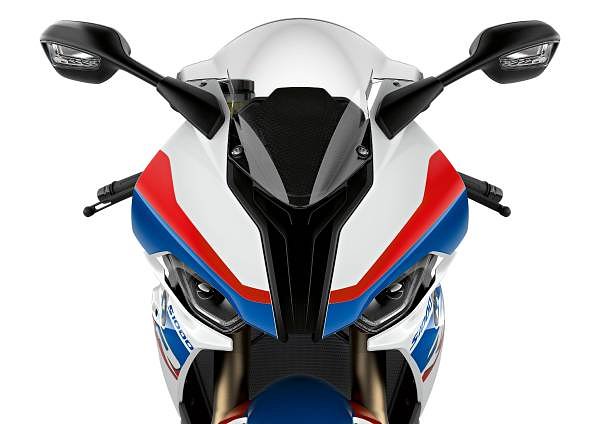
The former was addressed with the new variable valve control, a system BMW calls Shiftcam Technology that aims to increase low- and mid-range power while keeping the top-end rush. This new system varies the valve timing and stroke on the intake side. There are two cam lobes with different geometry for each hollow-bored, titanium intake valve. The crossover takes place at 9,000 rpm, changing both timing and the length of the valve stroke. In addition to the variable valve control, the S 1000 RR keeps its variable intake lengths. Intakes are adjusted by an electric motor at 11,700 rpm.
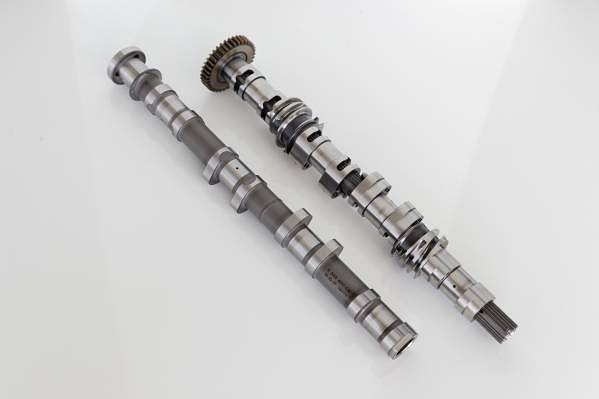
BMW says the result is both more power in the top end and better torque in the mid-range. The new engine produces at least 73 foot-pounds of torque from 5,500 rpm to 14,500 rpm before topping out at 83, and midrange torque is now equal to that of the S 1000 R naked bike.
Among the benefits BMW touts are better torque for street riding, less of a tendency to wheelie as the power comes on more smoothly as revs increase, and even a four percent increase in fuel efficiency.
Despite the added weight of the Shiftcam system, BMW says the overall weight of the engine was decreased by 8.8 pounds.
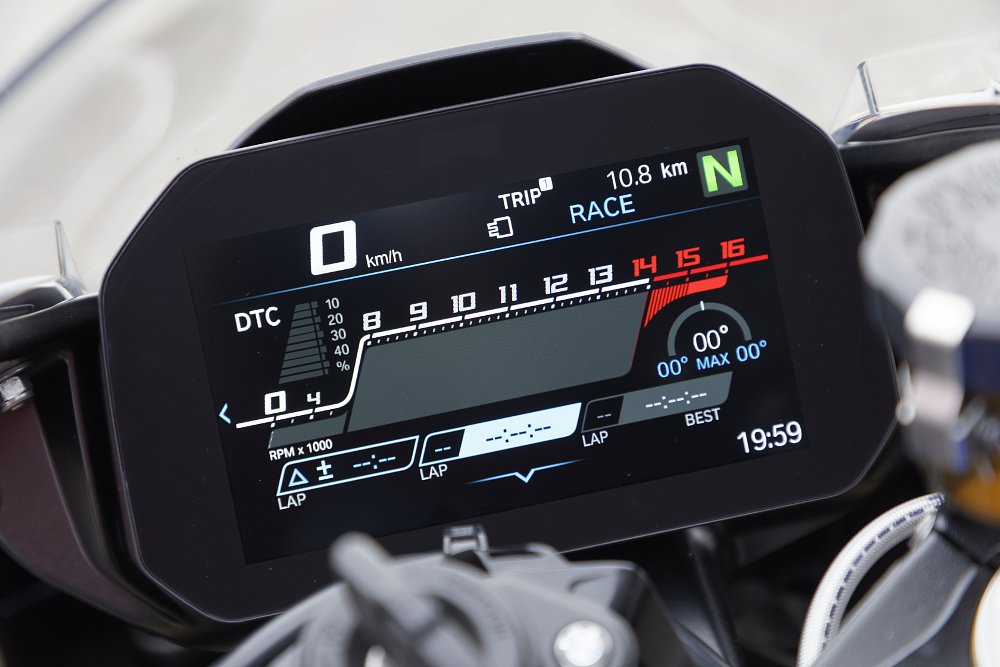
Electronics and brains
We mere mortals are going to need some electronic assistance to handle these new sport bikes turning out 200 horsepower. The new S 1000 RR has a six-axis sensor to adjust traction control and braking based on lean angle. Four rider modes are standard, and the optional "Pro Modes" allows the rider to set three customized maps, including adjustments to engine braking. Shift Assistant Pro allows clutchless upshifts and downshifts and launch control and a pit speed limiter are also available.
Here's another trick Pro Modes offers. It will prevent you from inputting unwanted acceleration under hard braking. Basically, if you are braking beyond a certain threshold, the system keeps the throttle closed even if you inadvertently open it.
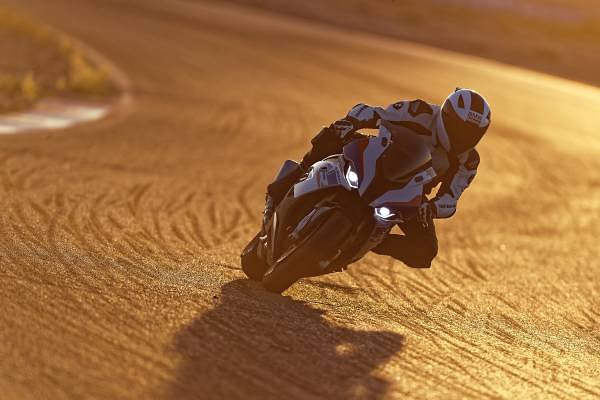
BMW made the frame lighter and put more stress on the engine. While the S 1000 RR comes with fully adjustable suspension, naturally, you can also choose the latest generation of Dynamic Damping Control (DDC), which is BMW's electronic suspension adjustment technology. DDC reacts in 10 milliseconds to change suspension settings based on speed and the rider's settings.
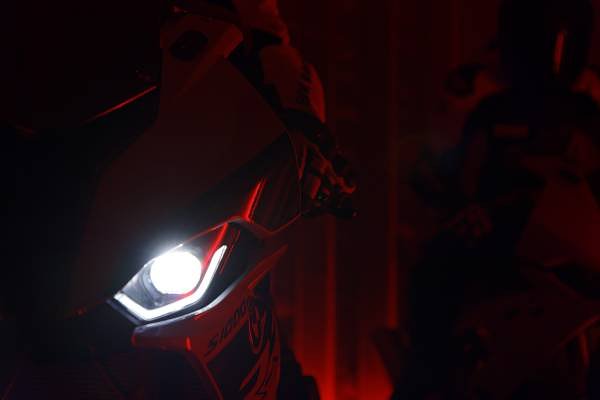
So if you're keeping score at home, that's three tech-laden, 200-plus-horsepower European flagship sport bikes we've seen introduced in the last three days. At a time when (at least in the United States) many buyers are migrating toward more affordable and simpler offerings, it's easy to wonder if there's a demand for these high-powered and highly complex models.
On the other hand, bikes such as the BMW S 1000 RR, Ducati Panigale V4 R and Aprilia RSV4 1100 Factory are built in part to burnish the brand, if ever so slightly, just by their existence. I'll never be able to ride one to its full potential, but I like knowing it's there.






